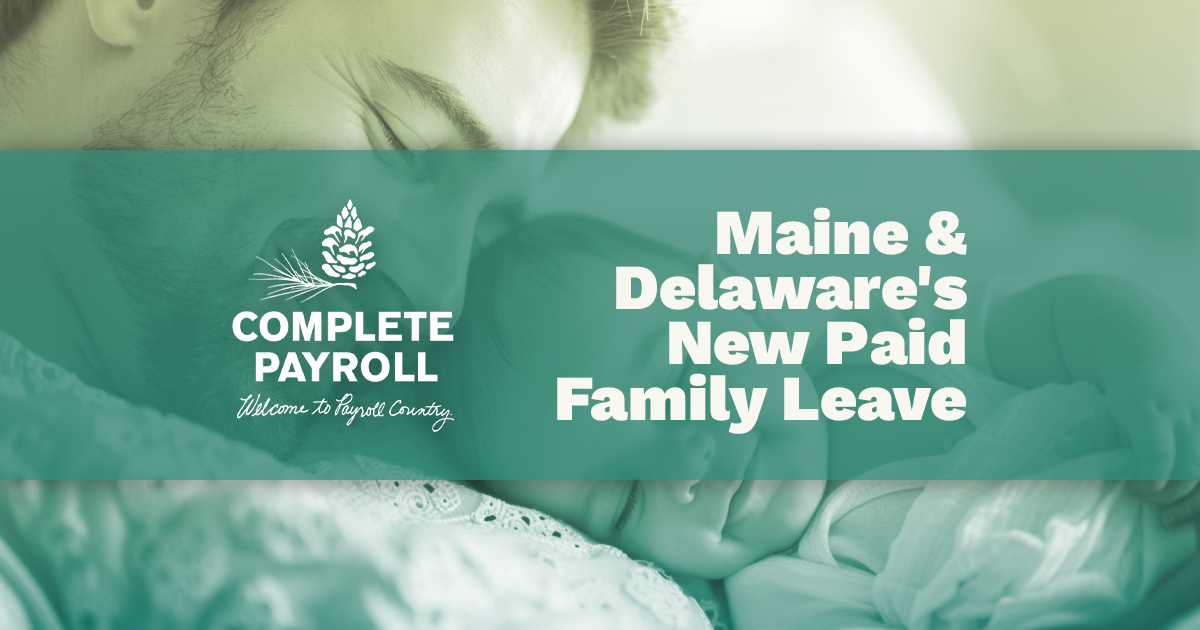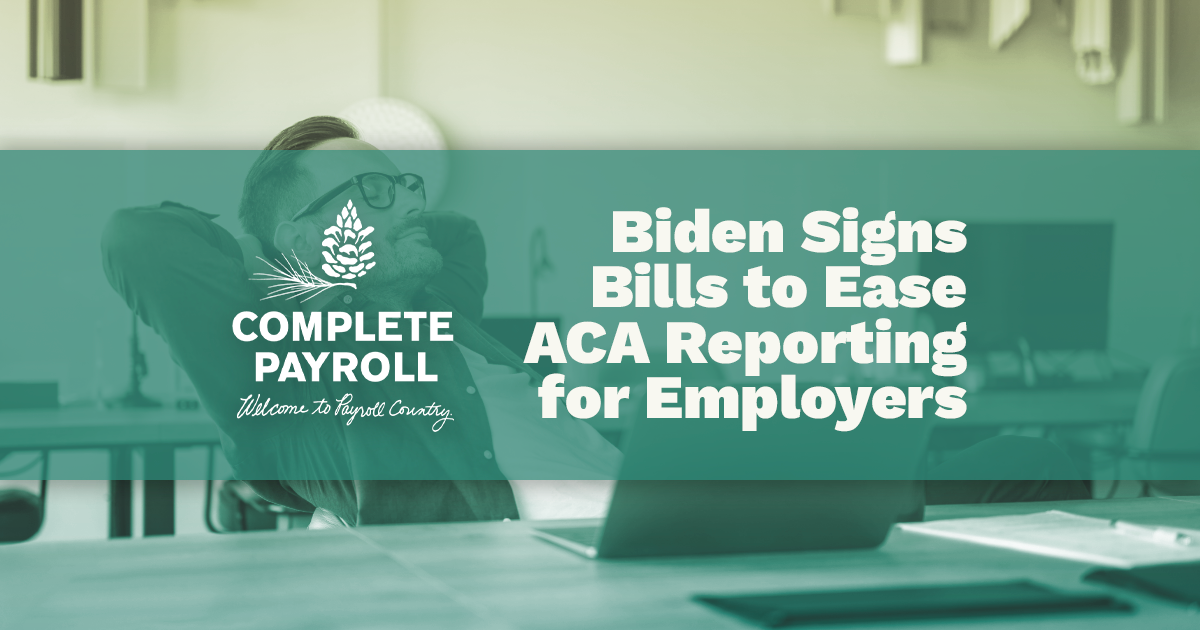Family and Medical Leave Act (FMLA)
Overview of Law
The Family and Medical Leave Act (FMLA) entitles eligible employees of employers that have 50 or more employees to take unpaid, job-protected leave for certain family and medical reasons.
Leave Duration and Reasons for Leave
Employees are entitled to 12 workweeks of leave in a 12-month period for the following reasons:
- The birth of a child and to care for the newborn child within one year of birth;
- The placement with the employee of a child for adoption or foster care and to care for the newly placed child within one year of placement;
- To care for the employee’s spouse, child, or parent who has a serious health condition;
- A “serious health condition” that makes the employee unable to perform the essential functions of his or her job;
- Any qualifying exigency because the employee’s spouse, son, daughter, or parent is a military member on active duty.
A “serious health condition” is defined as an illness, injury, impairment, or physical or mental condition that involves inpatient care or continuing treatment by a health care provider.
The “continuing treatment” test for a serious health condition under the regulations may be met through:
- A period of incapacity of more than three consecutive, full calendar days plus treatment by a health care provider twice, or once with a continuing regimen of treatment,
- Any period of incapacity related to pregnancy or for prenatal care,
- Any period of incapacity or treatment for a chronic serious health condition,
- A period of incapacity for permanent or long-term conditions for which treatment may not be effective,
- Any period of incapacity to receive multiple treatments (including recovery from those treatments) for restorative surgery, or
- A condition which would likely result in an incapacity of more than three consecutive, full calendar days absent medical treatment.
The regulations specify that if an employee asserts a serious health condition under the requirement of a “period of incapacity of more than three consecutive, full calendar days and any subsequent treatment or period of incapacity relating to the same condition,” the employee’s first treatment visit (or only visit, if coupled with a regimen of continuing treatment) must take place within seven days of the first day of incapacity. Additionally, if an employee asserts that the condition involves “treatment two or more times,” the two visits to a health care provider must occur within 30 days of the first day of incapacity. Finally, the regulations define “periodic visits” for treatment of a chronic serious health condition as at least twice a year.
Employees are entitled to 26 workweeks of leave during a single 12-month period to care for a covered servicemember with a serious injury or illness if the employee is the servicemember’s spouse, son, daughter, parent, or next of kin.
Regardless of the reason for leave, an employee is not entitled to more than 26 workweeks of FMLA leave. Special rules apply if spouses have the same employer.
If medically necessary, the employee is entitled to take their leave intermittently or on a reduced schedule. For example, a pregnant employee may take small blocks of leave for prenatal examinations or for her own condition, such as periods of severe morning sickness.
Employee Eligibility
To be eligible, an employee must satisfy all of these conditions:
- Work at a location where the employer has at least 50 employees within 75 miles;
- Have worked for the employer for at least 12 months; and
- Work at least 1,250 hours in the previous 12 months before taking leave.
Benefits and Protections
While on leave, an employee’s group health insurance coverage must be continued under the same terms and conditions as if they had not taken leave.
Employees may choose or an employer may require them to use accrued paid leave concurrently with their FMLA leave. Employers may not prevent employees from using accrued paid leave.
After their leave, the employee must be reinstated to their position or a position with equivalent pay and benefits. Limited exceptions apply.
Requesting Leave
Employees only need to provide enough information so that the employer knows that the leave might qualify under FMLA. The employer is responsible for designating the leave as FMLA. If they do not have enough information, they should ask the employee for additional information.
If the leave qualifies under FMLA, the employer must notify the employee in writing whether they are eligible within five business days. At the same time, the employer must provide a notice of rights and responsibilities. The US Department of Labor (DOL) provides an acceptable form here.
They must also provide a notice of whether and how much leave is designated as FMLA. The DOL provides an acceptable designation notice here.
If the employee is not eligible, the employer must state why they are not eligible.
Certification
The employer may require that the employee provide documentation supporting their need for leave. The US Department of Labor provides an acceptable certification form available here.
If the certification is incomplete or seems suspicious, several mechanisms are available to help the employer investigate, such as asking the doctor to clarify their responses, sending the employee to get a second opinion, or requesting recertification under certain circumstances. Employers should be cautious in requiring these extra steps since they may appear retaliatory.
Recordkeeping Requirements
Employers must keep the following records for at least three years:
- Payroll and employee data
- Dates (or hours) of each employee’s FMLA leave
- Notices received from employees
- Notices given to employees
- Documents describing employee benefits or the employer’s policies and practices regarding paid and unpaid leaves
- Premium payments of employee benefits
- Documents related to any dispute between the employer and an employee regarding FMLA designation
Notice
Employers with 50 or more employees must post the FMLA poster even if no employees are eligible. If they have eligible employees, the employers must also provide information about FMLA in writing to each employee individually, such as in a handbook.
Interference and Retaliation
Employers may not interfere with an employee’s FMLA leave. In addition, employers may not retaliate against them for requesting or taking FMLA or for opposing an unlawful practice regarding FMLA.
Got a labor law question?
Our team helps employers with labor law compliance every day. Complete the form below to ask a question or request some help.
General Disclaimer
The materials and information available at this website and included in this blog are for informational purposes only, are not intended for the purpose of providing legal advice, and may not be relied upon as legal advice. The employees of Complete Payroll are not



















